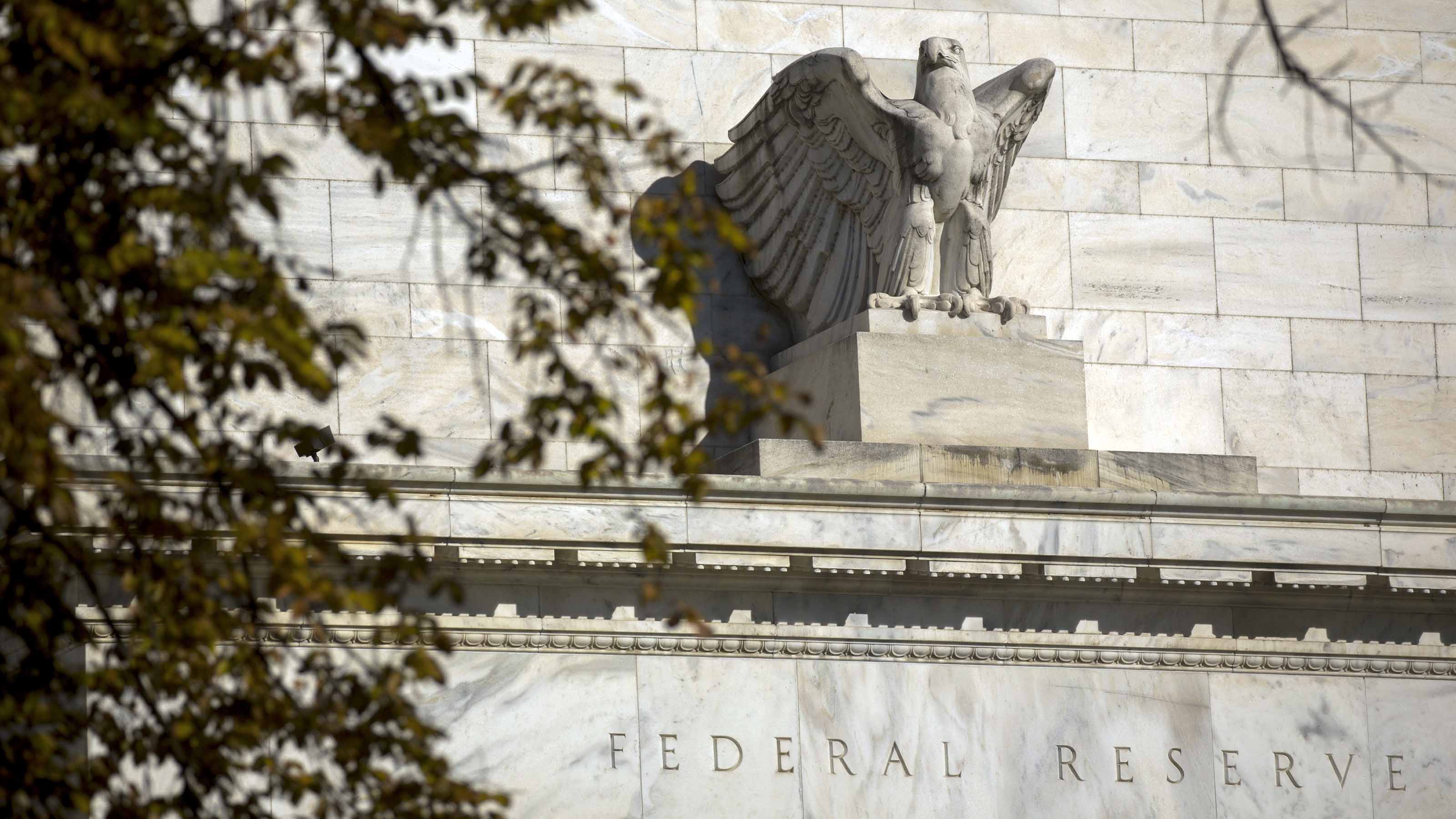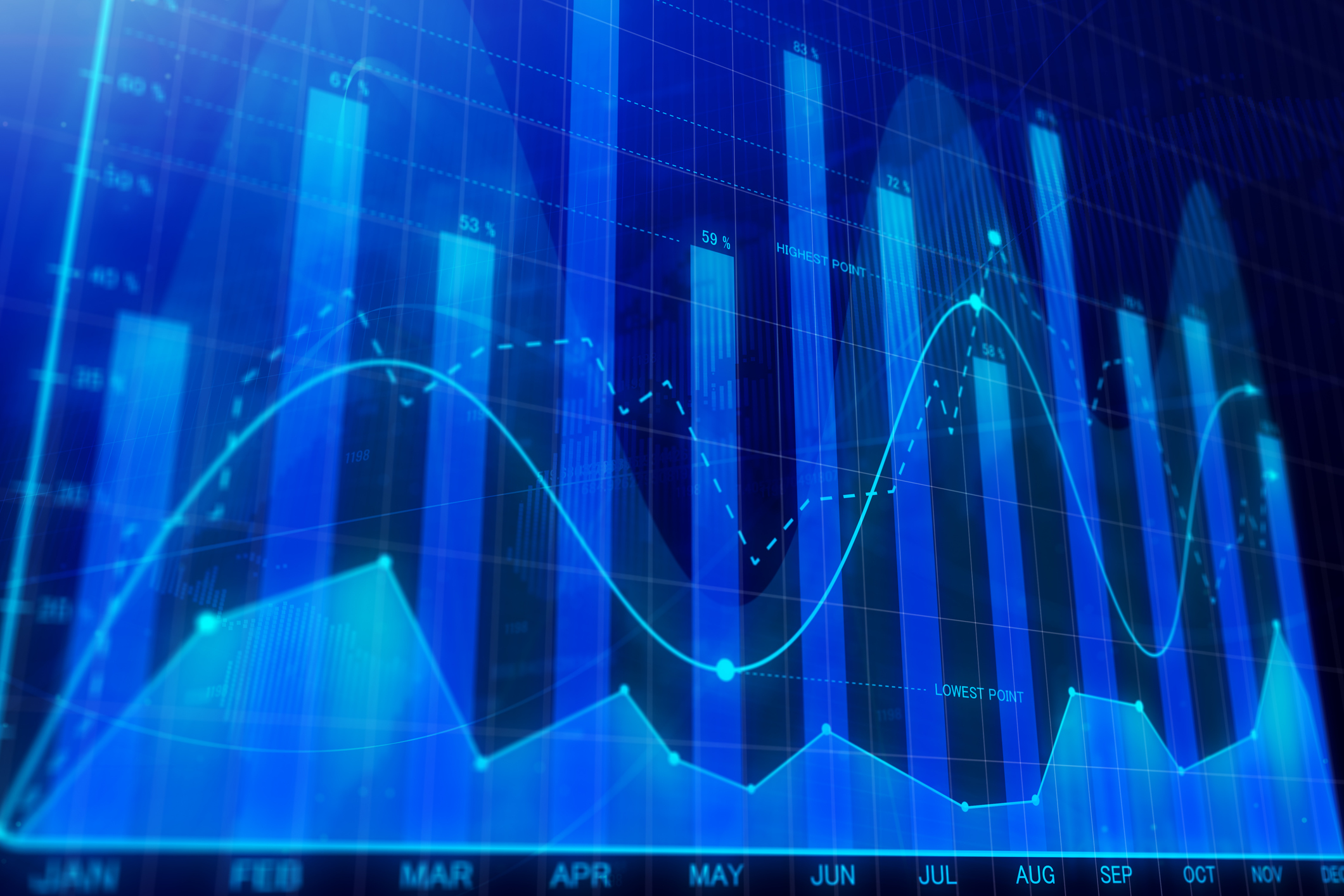Stock Market Today: Stocks Pop, Then Drop After Fed Rate Hike
The major indexes couldn't make heads or tails of the latest Fed statement, ultimately ending the session in the red.


Stocks bounced between positive and negative territory in the lead up to this afternoon's policy statement from the Federal Reserve.
The major indexes moved comfortably higher after the central bank, as expected, lifted interest rates by a quarter of a percentage point, and gave what many considered to be a relatively dovish outlook on future policy plans. Ultimately, however, markets lost steam into the close.
Today's 25 basis point rate hike by the Fed brought its terminal rate to a range of 5.00% to 5.25%, the highest since 2006. The central bank also said in its statement that when considering "the extent to which additional policy firming may be appropriate" to bring inflation to its 2% target level, the committee will "take into account the cumulative tightening of monetary policy, the lags with which monetary policy affects economic activity and inflation, and economic and financial developments."
From just $107.88 $24.99 for Kiplinger Personal Finance
Become a smarter, better informed investor. Subscribe from just $107.88 $24.99, plus get up to 4 Special Issues

Sign up for Kiplinger’s Free Newsletters
Profit and prosper with the best of expert advice on investing, taxes, retirement, personal finance and more - straight to your e-mail.
Profit and prosper with the best of expert advice - straight to your e-mail.
This differs from previous statements that said "some additional policy firming may be appropriate," and the change was acknowledged as "significant" by Fed Chair Powell in his subsequent press conference. However, Powell also said he expects slow progress on lowering inflation.
"The question now is whether the Fed will continue to raise rates, or at least keep them elevated for a long time," says Mike Loewengart, head of model portfolio construction at Morgan Stanley. "Employment could play a key role in that decision, since the Fed has said it wants to see evidence the labor market is cooling off before it declares victory on the inflation front."
Earlier today, ADP said the U.S. added 296,000 private payrolls in April, more than doubling economists' estimates. While the ADP employment number didn't point in the direction the Fed wants it to, Loewengart adds, we'll get a clearer picture with this Friday's monthly jobs report. "If the labor market remains tight, though, the Fed may have fewer reservations about raising rates again, or at least waiting longer before it begins cutting rates," he says.
AMD, Starbucks report earnings
In non-Fed news, Advanced Micro Devices (AMD) stock plunged 9.2% after the chipmaker said first-quarter revenue was down 9% year-over-year due mostly to declining sales of PC chips. Analysts still widely consider AMD to be one of the best semiconductor stocks on the market, as evidenced by a consensus Buy recommendation from the 42 analysts surveyed by S&P Global Market Intelligence.
Starbucks (SBUX, -9.2%) was another post-earnings loser. Although the coffee chain reported top- and bottom-line beats for its fiscal second quarter, new CEO Laxman Narasimhan maintained the full-year guidance issued by former chief exec Howard Schultz, who handed over the reins in March. In the company's earnings call, Narasimhan said this was an attempt at "balancing our incredible momentum and optimism with the economic uncertainties we continue to face around the world."
As for the major indexes, the Dow Jones Industrial Average fell 0.8% to 33,414, the S&P 500 shed 0.7% to 4,090, and the Nasdaq Composite gave back 0.5% to 12,025.
Can the best blue chip dividend stocks continue to outperform?
We often talk about the importance of dividend-paying stocks in this space. There are many reasons why dividend stocks should be included in a portfolio, not least of which because they help boost overall returns. "That's because regular dividend increases lift the yield on an investor's original cost basis," writes Dan Burrows, senior investing writer at Kiplinger.com, in his feature on Wall Street's best dividend stocks. "Stick around long enough, and the modest yield you received on your initial investment can hit double digits one day."
And the proof is in the pudding. In early 2022, we started an experiment to see if the top-rated Dow stocks with yields of at least 2% would outperform a struggling broader market – and the data showed they did. Will this latest batch of the best blue chip dividend stocks do it again? Only time will tell, but history is certainly on their side.
Profit and prosper with the best of Kiplinger's advice on investing, taxes, retirement, personal finance and much more. Delivered daily. Enter your email in the box and click Sign Me Up.

With over a decade of experience writing about the stock market, Karee Venema is the senior investing editor at Kiplinger.com. She joined the publication in April 2021 after 10 years of working as an investing writer and columnist at a local investment research firm. In her previous role, Karee focused primarily on options trading, as well as technical, fundamental and sentiment analysis.
-
 Dow Hits a Record High After December Jobs Report: Stock Market Today
Dow Hits a Record High After December Jobs Report: Stock Market TodayThe S&P 500 also closed the week at its highest level on record, thanks to strong gains for Intel and Vistra.
-
 Is Home Insurance Tax Deductible?
Is Home Insurance Tax Deductible?With home insurance rates on the rise, you might be hoping to at least claim the cost as a tax deduction. Here's what you need to know ahead of tax season.
-
 The December Jobs Report Is Out. Here's What It Means for the Next Fed Meeting
The December Jobs Report Is Out. Here's What It Means for the Next Fed MeetingThe December jobs report signaled a sluggish labor market, but it's not weak enough for the Fed to cut rates later this month.
-
 Dow Hits a Record High After December Jobs Report: Stock Market Today
Dow Hits a Record High After December Jobs Report: Stock Market TodayThe S&P 500 also closed the week at its highest level on record, thanks to strong gains for Intel and Vistra.
-
 Nasdaq Takes a Hit as the Tech Trade Falters: Stock Market Today
Nasdaq Takes a Hit as the Tech Trade Falters: Stock Market TodayThe Dow Jones Industrial Average outperformed on strength in cyclical stocks.
-
 Dow Hits New High Then Falls 466 Points: Stock Market Today
Dow Hits New High Then Falls 466 Points: Stock Market TodayThe Nasdaq Composite, with a little help from tech's friends, rises to within 300 points of its own new all-time high.
-
 If You'd Put $1,000 Into Lowe's Stock 20 Years Ago, Here's What You'd Have Today
If You'd Put $1,000 Into Lowe's Stock 20 Years Ago, Here's What You'd Have TodayLowe's stock has delivered disappointing returns recently, but it's been a great holding for truly patient investors.
-
 If You'd Put $1,000 Into 3M Stock 20 Years Ago, Here's What You'd Have Today
If You'd Put $1,000 Into 3M Stock 20 Years Ago, Here's What You'd Have TodayMMM stock has been a pit of despair for truly long-term shareholders.
-
 Dow Rises 497 Points on December Rate Cut: Stock Market Today
Dow Rises 497 Points on December Rate Cut: Stock Market TodayThe basic questions for market participants and policymakers remain the same after a widely expected Fed rate cut.
-
 JPMorgan's Drop Drags on the Dow: Stock Market Today
JPMorgan's Drop Drags on the Dow: Stock Market TodaySmall-cap stocks outperformed Tuesday on expectations that the Fed will cut interest rates on Wednesday.
-
 Crypto Trends to Watch in 2026
Crypto Trends to Watch in 2026Cryptocurrency is still less than 20 years old, but it remains a fast-moving (and also maturing) market. Here are the crypto trends to watch for in 2026.